Text: 2009 Steven L. Manly
Illustrations: 2009 Steven Fournier
Cover Art: 2009 Steven Fournier
All rights reserved. No part of this publication may be reproduced, stored in a retrieval system, or transmitted in any form or by any means, electronic, mechanical, photocopying, recording, or otherwise, without prior permission of the publisher.
Cataloging-in-Publication information is available from the Library of Congress.
For Beginners and Beginners Documentary Comic Books are published by For Beginners LLC.
This book is dedicated to you, the reader. It is my hope that it brings you enjoyment and a deeper appreciation of natures strange reality show.
Chapter 1
Science and the Human Bias
Humans seek to understand the universe!
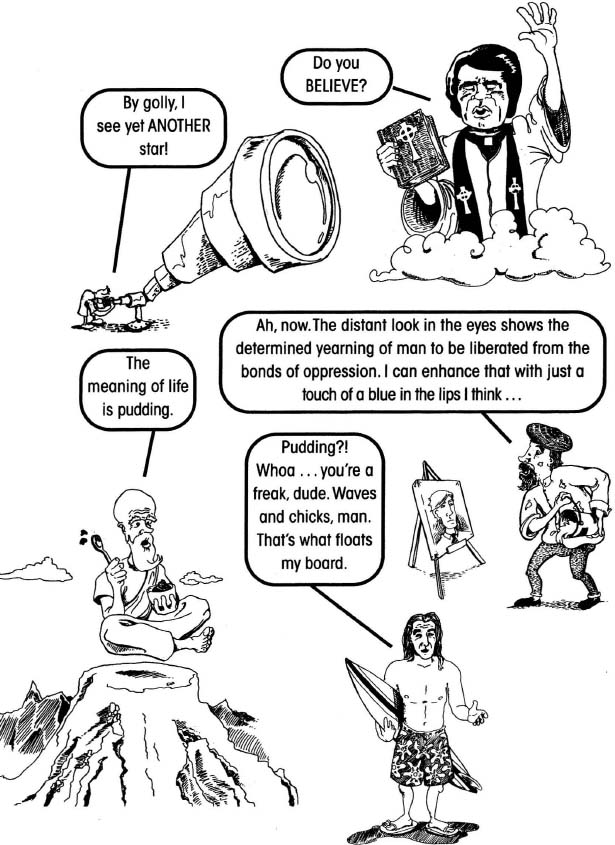
Religion is based on faith. Art is based on aesthetics. While both religion and art can provide insight into the human condition, the methodology of science is unique in that it bows to observations. Ideas that are not consistent with what we see in nature under controlled and repeatable circumstances are thrown out!
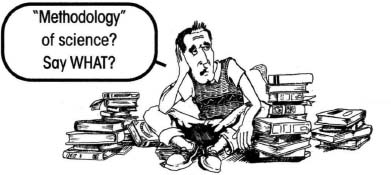
Faith is a fine invention When Gentlemen can see, But Microscopes are prudent In an Emergency.
Emily Dickinson
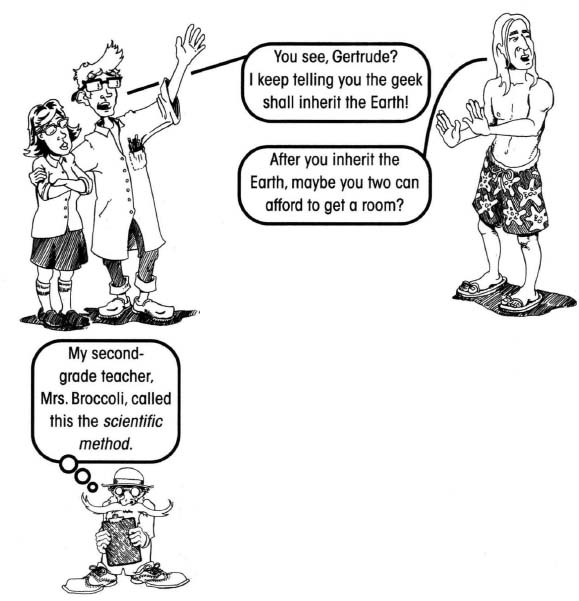
In science a person looks at something and makes a hypothesis (or theory) about how it works. Then they design an experiment to test the hypothesis. After doing the experiment, the person modifies or discards the theory depending on the results of the experiment. This process repeats, and our scientific understanding of the phenomenon evolves.
Communication, honesty, and reproducibility of observations lie at the core of what makes science work. Experimental results must be conveyed to others unambiguously and in detail so that others can reproduce the experiment.
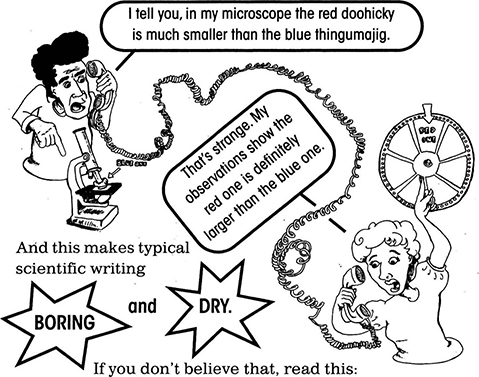
This paper describes the measurement of the energy dependence of elliptic flow for charged particles in Au+Au collisions using the PHOBOS detector at the Relativistic Heavy lon Collider (RHIC). Data taken at collision energies of  = 19.6, 62.4, 130 and 200 GeV are shown over a wide range in pseudorapidity. These results, when plotted as a function of = || - Ybeam, scale with approximate linearity throughout , implying no sharp changes in the dynamics of particle production as a function of pseudorapidity or increasing beam energy.
= 19.6, 62.4, 130 and 200 GeV are shown over a wide range in pseudorapidity. These results, when plotted as a function of = || - Ybeam, scale with approximate linearity throughout , implying no sharp changes in the dynamics of particle production as a function of pseudorapidity or increasing beam energy.
Theres no room for ambiguity and confusion in scientific communications. This leads to a precise, layered, specialized languageor lingoin each area of science.

Also, this desire for unambiguous clarity, along with the basic quantitative nature of many measurements, leads to the heavy use of mathematics in science.
Mathematics is a more powerful instrument of knowledge than any other that has been bequeathed to us by human agency.
Ren Descartes
Music communicates but it evokes different feelings in different people.
Mathematics and very precise language allow scientists to communicate with as little confusion as possible.
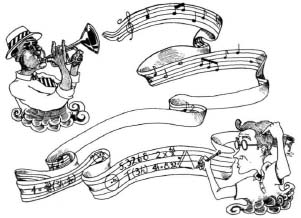
Theres more to it than clarity. Mathematics and layers of concepts often lead to the ability to ask questions and have insights that are not possible otherwise.

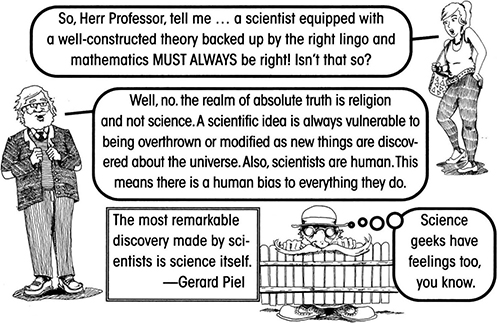

Natural human tendencies
Simple mistakes
In spite of scientists attempts to make un-ambiguous measurements, human judgment and intuition often comes into play.
Scientists sometimes stop looking for errors in an experiment or data analysis when they get the answer they expect to find, yet they look very hard for problems if they see something unexpected.
An expert is a man who has made all the mistakes which can be made in a very narrow field.
Niels Bohr
The limitation of experience
Our senses, intuition, and tendency to interpret data are tuned to times and distances and speeds and sizes that are commonly encountered. This is what we know. Our expectations are biased toward the realm of our experience. Every time we create a new technology that allows us to see farther, smaller, or faster things we are forced to expand our minds to encom-pass the unexpected.
Anthropocentric and geocentric ideas
Humans have always wanted to feel important and have tended to like ideas that place them at the center of the universe. Religions often play to this desire.
Nature doesnt seem to have the same hang-up.


The methodology of science tends to push us beyond the human bias.
Experimental results are shared and experiments are repeated. This leads to the constructive and frank inter-change of ideas and the correction of earlier mistakes.

A hypothesis with a human bias is fair to propose. After all, perhaps we are special!
But, in science, that hypothesis (just like any other) must be supported by experimental data if it is to survive. Scientists tend to prefer simpler explanations when given a choice and all other things are equal.
As strange as it may seem, aesthetics does have a place in science. Science has an artistic side. A critical part of the methodology of science is known as Ockhams razorwhen choosing between different theories that describe the data, the simplest is often the best.
Numquam ponenda est pluralitas sine necessitate. (Plurality is never to be posited without necessity.)

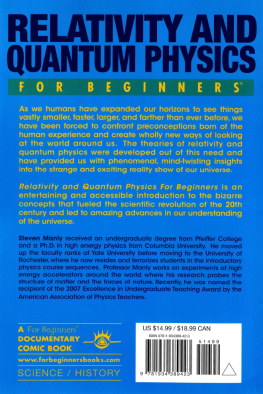


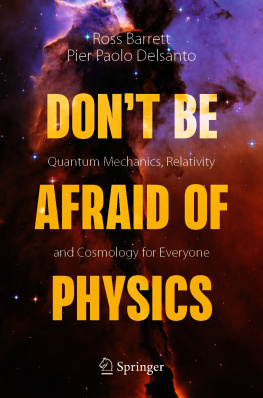
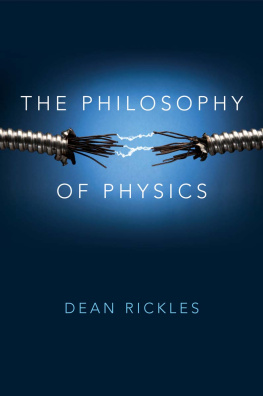





 = 19.6, 62.4, 130 and 200 GeV are shown over a wide range in pseudorapidity. These results, when plotted as a function of = || - Ybeam, scale with approximate linearity throughout , implying no sharp changes in the dynamics of particle production as a function of pseudorapidity or increasing beam energy.
= 19.6, 62.4, 130 and 200 GeV are shown over a wide range in pseudorapidity. These results, when plotted as a function of = || - Ybeam, scale with approximate linearity throughout , implying no sharp changes in the dynamics of particle production as a function of pseudorapidity or increasing beam energy.






